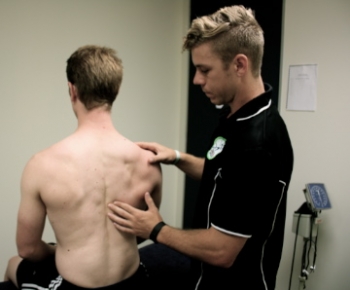
Exercise and Osteoarthritis
1 in 5 Australians (22%) over the age of 45 have osteoarthritis.
Osteoarthritis symptoms vary between people, and which joints are affected. The most common symptoms included pain and stiffness of the joints. These symptoms develop slowly over months, or even years.
There are several risk factors for osteoarthritis, including:
- knees: being overweight; having a previous knee injury; jobs involving kneeling; climbing and squatting
- hips: being overweight; having a previous hip injury; jobs involving lifting heavy loads (including farming); a family history of OA.
- hands: a family history of OA; repetitive use or previous injuries to the hands; being overweight.
Treatment includes:
- Managing pain
- Eating a healthy diet. There is no diet that will cure OA, but healthy eating and a diet aimed at maintaining an ideal body weight is recommended.
- Maintaining a healthy weight. Losing weight eases the pressure on joints. A loss of just 4.5kg can take 13.5 to 14.5kg of pressure off your knees when you walk!
- Staying active. Exercise assists with weight management and helps to keep joints and muscles healthy and flexible and prevents other health problems. A recent meta-analysis of 103 trials and 9134 participants found that mind/body exercises, such as yoga and aerobic exercise (i.e., walking) were best for pain and function. Whereas strength, flexibility and skill-based exercises were best for multiple outcomes, including pain, function, quality of life and performance. Mixed exercise (i.e., combining mind/body, aerobic and strength exercises) were the least effective but better than no exercise at all. This may be due to the intensity of each component being insufficient or poorly adhered to compared with studies that looked at one component only (i.e., yoga vs aerobic exercise).
Ultimately, the exercise used should be based on the client’s goals. For example, is pain most important? If so, perhaps aerobic or mind/body best intervention is best. However, if looking at all outcomes, then strength and flexibly may be best. Alternatively, if weight loss is also a goal, then a mixed approach may be beneficial. In conclusion, if you have OA, exercising and eating healthy is one of the best ways to manage pain and to improve overall function!
References:
